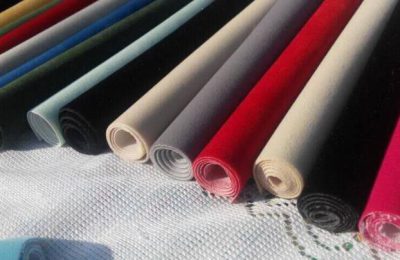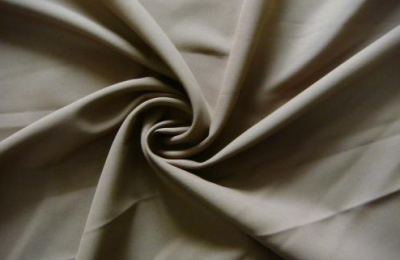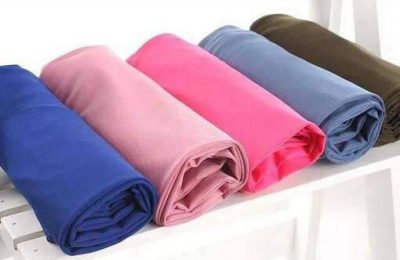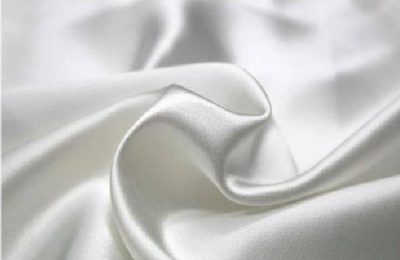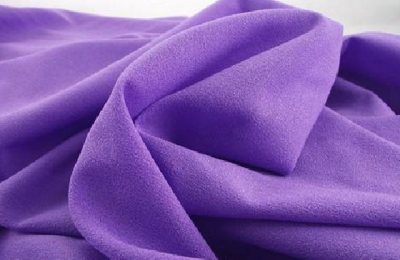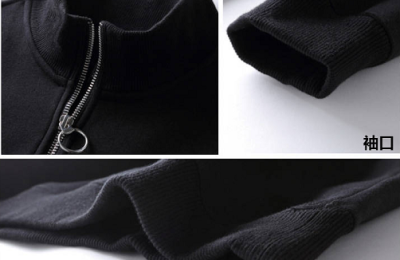As a new material in the new era, Japanese Ro reverse osmosis support fabric has effectively promoted people’s production and development. Let’s take a closer look below.
The exact name of Japan’s Ro reverse osmosis support fabric should be “non-woven fabric”, or “non-woven fabric”.
Because it is a fabric that does not require spinning or weaving. It just orients or randomly arranges short textile fibers or filaments to form a fiber mesh structure, and then uses mechanical, thermal bonding or chemical methods to reinforce it. Become.
Mainly used in construction, the roof waterproofing is used as the base fabric, with sand, cement, etc. attached to it to prevent sand from leaking.
Non-woven fabrics are often used in construction as a measure to prevent cracks.
Suzhou ptfe filter membrane manufacturer supplies Japanese Ro reverse osmosis support cloth. The product has high strength and good high temperature resistance (can be used in an environment of 150℃ for a long time and at an instantaneous temperature of about 200℃), (polypropylene can be used at 150℃ Environment for long-term use (polyester can be used for a long time in 260℃ environment), aging resistance, UV resistance, water repellent, high breathability, low wind resistance, high tensile strength, resistant to strong acids and alkalis, flexible, non-combustible, non-toxic and non-toxic irritating properties.
In addition, imported spunbond non-woven fabrics turn into humic plants under natural conditions within a certain period of time and do not produce harmful substances that have an impact on the environment.
If this material is left outdoors and decomposes naturally, its lifespan is only 90 days. If it is left indoors, it will decompose within 8 years. When burned, it is non-toxic, odorless, and has no leftover substances. It does not pollute the environment, so it is environmentally friendly. Come.
</p



